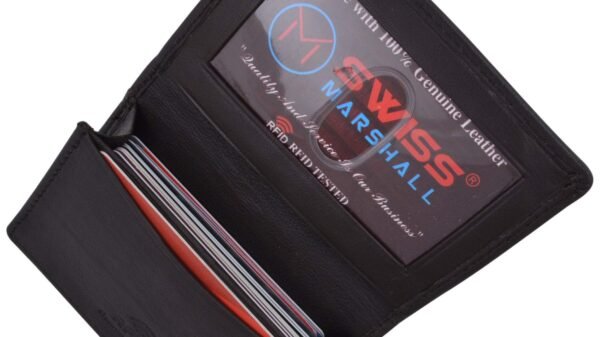One type of packaging for electronic components is known as a Dual Inline Package (DIP), which consists of two rows of electrical connecting pins that are parallel to one another. Because of their ease of use, simplicity, and reliability, DIP packages are frequently utilised in the electronics industry for a wide range of applications. The following are some examples of applications for the Dual Inline Package:
Integrated Circuits (ICs)
Microcontrollers, microprocessors, and various other digital and analogue integrated circuits are examples of the types of integrated circuits that are typically packaged in DIP designs. It is possible to insert components into sockets on printed circuit boards (PCBs) with relative ease when using the DIP format.
Memory Modules
DIP packages were utilised by a significant number of RAM (Random Access Memory) and ROM (Read-Only Memory) modules in their early stages. DIP in electronics is still used in some applications, despite the fact that more recent memory technologies frequently use different packaging.
Digital-to-Analog Converters (DACs) and Analog-to-Digital Converters (ADCs)
DIP packages are utilised in a variety of electronic systems for the purpose of converting analogue signals to digital signals and digital signals to analogue signals.
Operational Amplifiers (Op-Amps)
Within the realm of analogue circuit design, DIP packages are frequently utilised for the purpose of operational amplifiers. It is simple to handle and replace operational amplifiers that are packaged in DIP.
Microcontrollers and Microprocessors
There were a great number of early microcontrollers and microprocessors that were packaged in the DIP format. Although surface-mount packages are more frequently used for more recent devices, discrete integrated circuits (DIPs) may still be utilised in certain applications.
Programmable Logic Devices (PLDs)
Programmable logic arrays (PLAs) and complex programmable logic devices (CPLDs) are two examples of the types of programmable logic devices that fall under the category of DIP packages.
Analog Components
There are many different analogue components that can be packaged in DIP packages. Some examples of these components include voltage regulators, voltage references, and other analogue devices.
Interface Chips
UARTs, which stand for universal asynchronous receiver/transmitter, and parallel port controllers are two examples of interface chips that make use of DIP packing.
Educational Kits
Because they are so simple to use and are so well-known, DIP packages are frequently utilised in educational kits and projects that are suitable for beginners in the field of electronics.
Prototyping and Breadboarding
Due to the fact that they can be easily inserted into and removed from sockets on breadboard, DIP packages are compatible with prototyping and breadboarding.
Obsolete and Legacy Systems
Certain DIP packages are utilised in systems that have not been updated or are regarded as legacy systems. This is the case in certain circumstances.
DIP packages continue to play a role in a variety of applications, particularly in educational and hobbyist settings, as well as in circumstances where older technology is still being utilised. This is despite the fact that they are not as frequently used for cutting-edge technologies.




























































